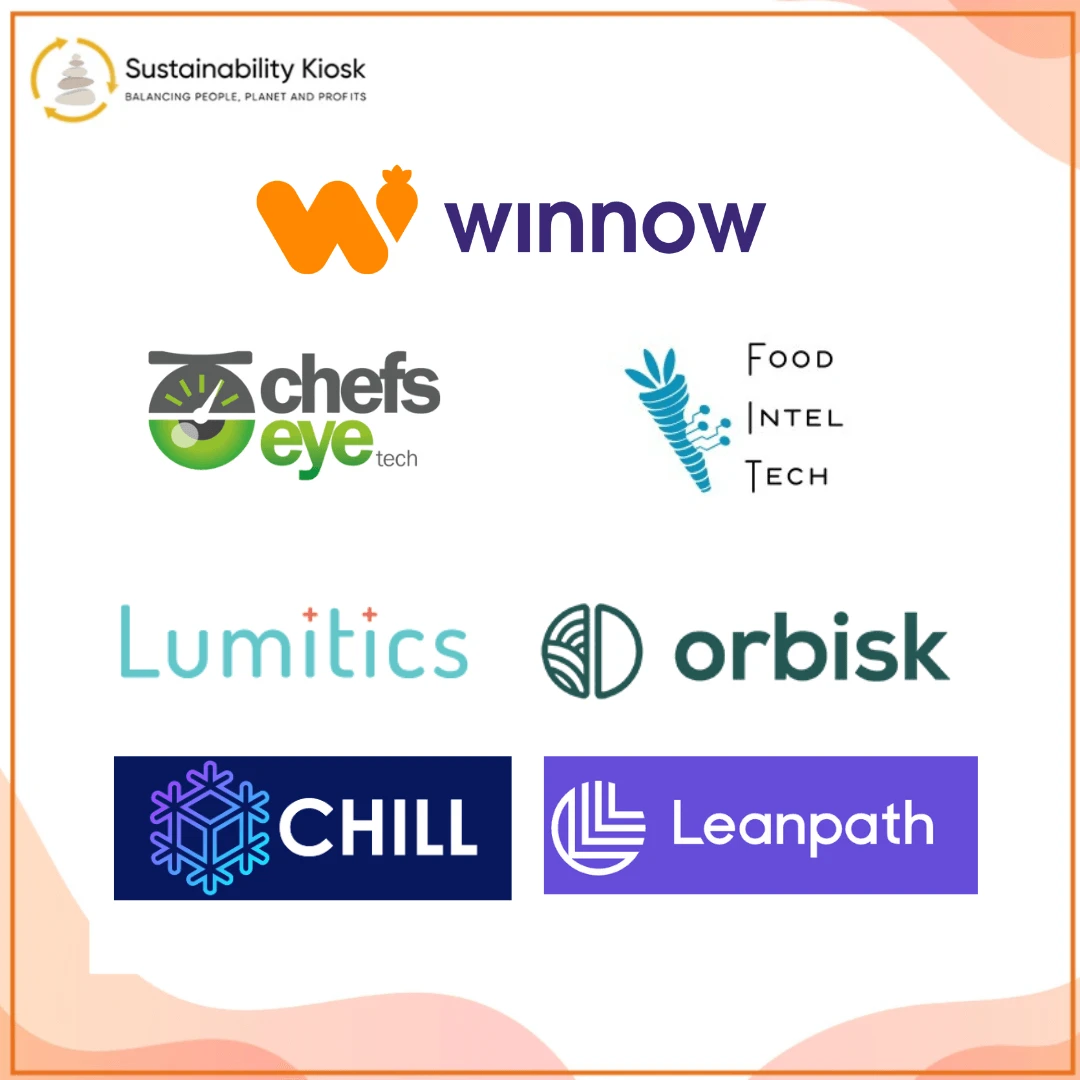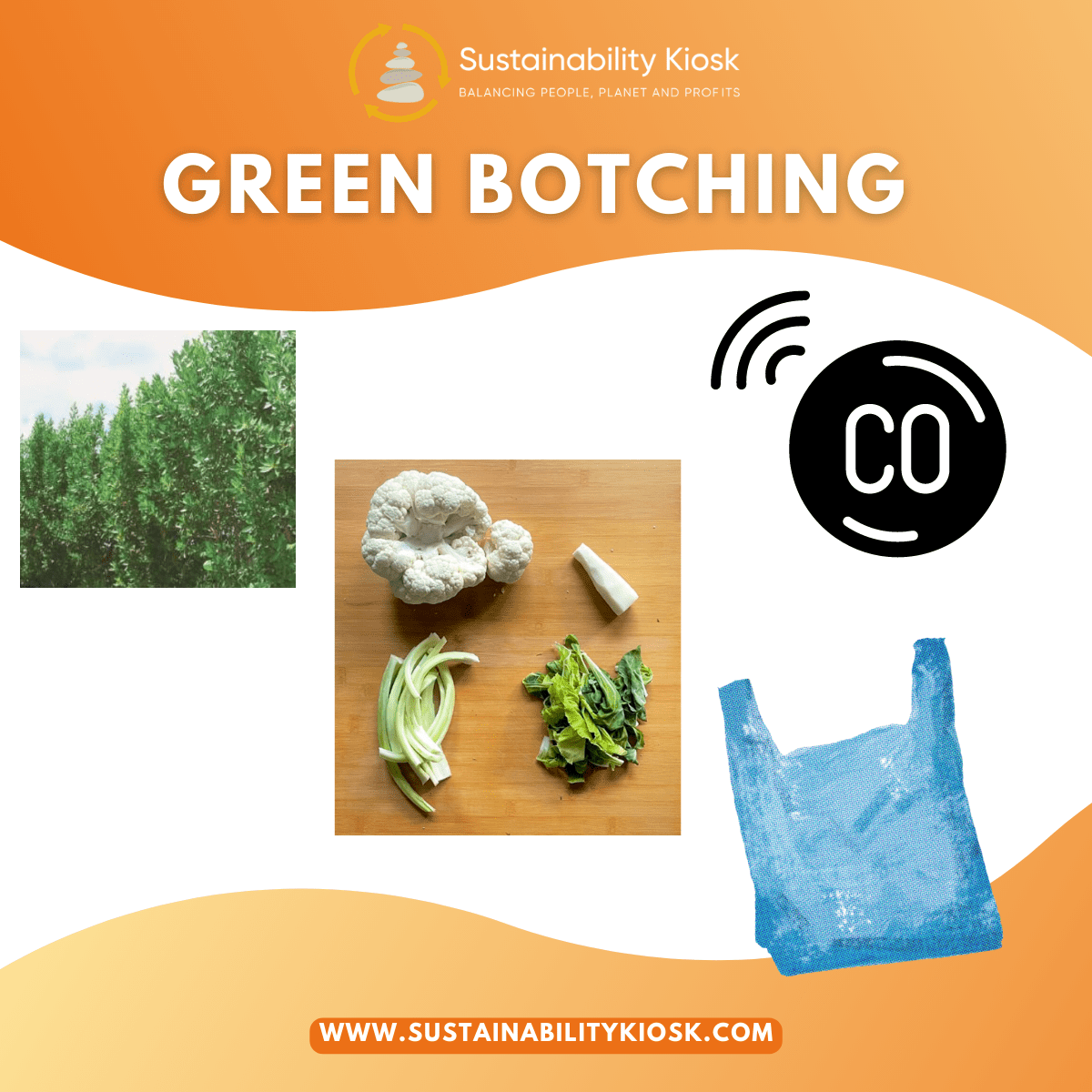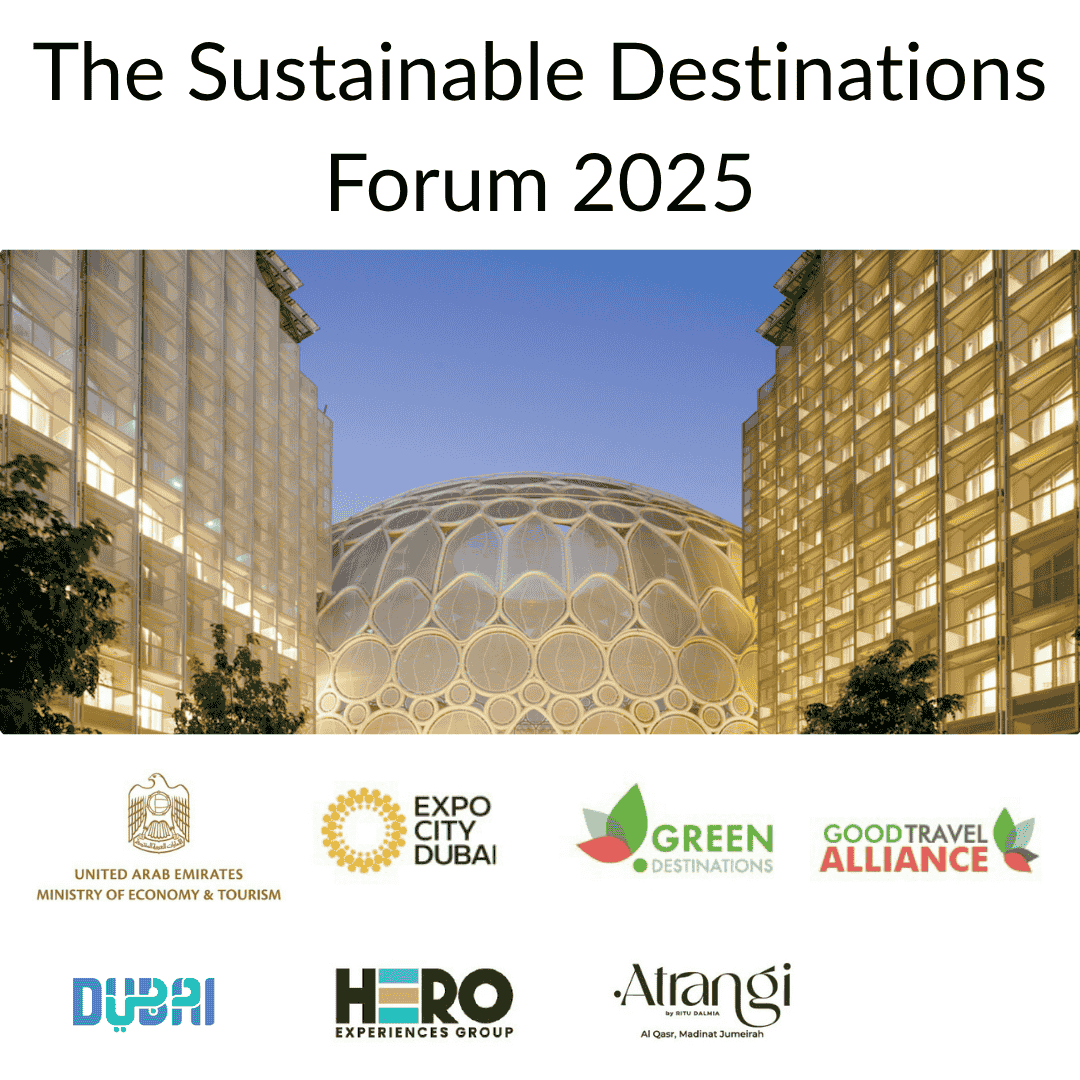Why Waste and Why a Waste Audit?
Waste management is a critical area where hotels can achieve significant wins on their sustainability journey. Identifying waste reduction opportunities not only benefits the environment but also generates additional revenue streams.
According to the UNEP, the increasing volume and complexity of waste associated with our modern economy pose a severe risk to our ecosystems and health. An estimated 11.2 billion tonnes of solid waste are collected worldwide annually, and the decay of the organic portion contributes to about 5% of global greenhouse gas emissions.
Why Conduct a Waste Audit?
Before reducing waste, you must establish a baseline. By analysing the composition and volume of your waste, you can measure the impact of operational changes and identify areas of improvement. A waste audit is essentially, a physical analysis of your waste composition, helping you understand problems and uncover opportunities to reduce the volume of generated. Use Hotel Waste Measurement Methodology from World Sustainable Hospitality Alliance for guidance on baseline and benchmarking.
The Impact of Waste on Carbon Emissions:
Carbon emissions from waste from range from 5 to 15%, typically fall under Scope 3 emissions according to Greenhouse Gas (GHG) Protocol. When organic waste decomposes anaerobically (without oxygen) in landfills, it produces methane, a potent greenhouse gas that is 25 times more effective at trapping heat in the atmosphere than carbon dioxide over a 100-year period. Prioritising waste reduction and recycling is essential for successful and sustainable hotel operations.
Four Steps for Conducting a Waste Audit:
1. Assemble a Team:
- Gather a volunteer or sustainability committee member from every department (aim for at least five people).
- Select a “normal week” with no unusual events or low occupancy.
- Watch the waste audio video at Millennium Place Dubai Marina for a practical demonstration.
2. Determine Waste Categories:
- Identify types of waste and their sources
- Recommended Ten Categories:
- Non-Hazardous (1) paper & cardboard, (2) packaging separating plastics by type as well as tetra packs, (3) metal & aluminum cans, (4) glass, (5) cooking oil, (6) food waste such as organic, meat fish and dairy, cooked (7) green waste.
- Hazardous (8) Human Waste, (9) Lubricants (10) Chemicals such as those for cleaning, pest control and painting.
3. Gather, Sort and Weigh:
- Label your trash by department and category.
- Sort all materials into the designated boxes.
- Note recyclables mixed with trash and weigh each category to establish a baseline.
4. Analyse Metrics:
- Calculate the volume produced weekly by category
- Determine the current Recycling Rate (recyclables/total waste * 100)
- Identify the highest waste categories and investigate any mixed waste issues
Post-Audit Actions
- Evaluate Waste Management Facilities: Assess if your current waste management practices meet your needs. Analyse contracts and vendor capabilities
- Implement Waste Segregation at Source: Separate organic waste from cooked and post-consumer waste. Implement segregation of separate plastics, cans, and glass in all departments to avoid contamination.
- Set Reduction Goals: Set specific targets for reducing waste in major categories. Aim to increase recycling or diversion rates
- Engage Recycling Services: Hire a recycling service if not already in place. Develop recycling guidelines and share them with your team
- Explore Reusability and Product Changes: Identify any items that can be reused and work with suppliers to minimise packaging waste
Case Study: Anantara Dubai The Palm Resort
Anantara Dubai The Palm, significantly improved waste diversion from 5% to 70%, saving AED 1.2M in one year. Three measures of success:
- Implemented Robust Segregation by buying new bins, identifying categories
- Partnering with Recycling Services to take back items for recycling
- Engaging Staff and Guests in Sustainability Efforts.
Engage and Educate
Keep staff updated and engaged with regular communications about your goals and progress. Plan to conduct follow-up waste audits to measure the success of your initiatives.
For more ideas, you can listen to this episode of Sustainability Stories with Jo Hendrickx, CEO and Founder of Travel Without Plastic, where she provides practical cost-effective solutions to reduce single-use plastic in tourism without compromising the guest experience or safety standards.
Incorporating these strategies will not only reduce waste drastically but also help your hotel achieve sustainable profitability. By understanding and managing your waste effectively, you can make informed decisions, invest wisely in technology, and communicate your successes transparently to staff and guests.
As you plan your investment into technology, look at solutions available on Sustainability Kiosk, Shop to explore solutions, check client references, and directly connect with the solution provider.








